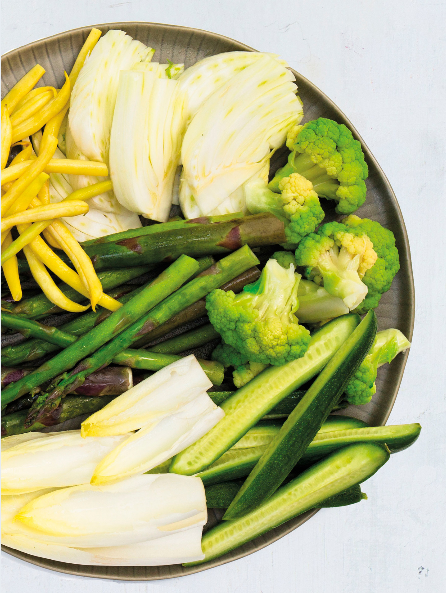 The New Crudites
The New Crudites
The More Color the Better: In late summer, there’s a technicolor spread of in-season produce, from tomatoes and bell peppers to radishes, cucumbers and baby beets. For visuals alone, it’s the best time of the year for crudités.
Don’t Forget About Texture: In case you’ve gotten carried away with color: vary the texture and taste of the assortment, from crunchy carrots and snap peas to lush tomatoes.
Crowd the Platter: Like a good cheese plate, a crudites platter looks best and most appealing when it is full.
Even Fresh Produce Needs Help: Drizzle a little good-quality olive oil on the produce and season with flaky salt, advises Mansell. Dips alongside, a variety of one or two, are also advisable, according to the chef, even if the best produce won’t need them.
Dip Rules: Keep it thick and creamy. Thin sauces like chimichurri or salsas are too loose and drippy, and won’t cling to your veggie sticks. Make it smooth rather than chunky because, again, a chunky sauce won’t cling as well to the slick vegetables and will make for an awkward dipping experience. Feel free to go for bold flavors ~ the veggies can take it!
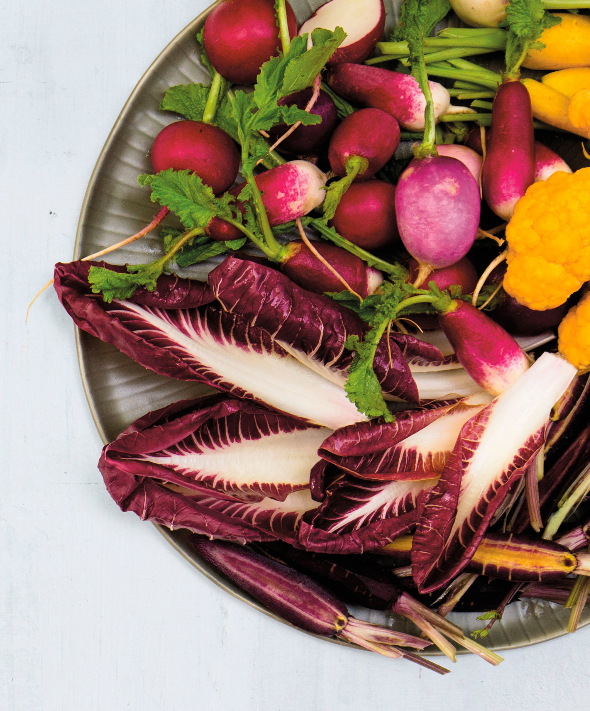
Asparagus (blanch)
Beets (golden, candy cane)
Belgian Endive
Bell Peppers
Broccoli (or broccolini), Cauliflower (try colored varieties), Romanesco
Carrots – Real baby carrots pulled from ground, or rainbow colors
Celery
Cucumber
Fennel
Green Beans, Wax Beans, Romano Beans (serve raw or blanched)
Jicama
Potatoes (halve roasted or boiled fingerlings)
Radishes (look for interesting ones, like French breakfast radish or watermelon radish)
Scallions
Snow Peas / Sugar Snap Peas (blanch. String if necessary)
Summer Squash & Zucchini (Add some Pattypan)
Sunchokes
Tomato (small sizes, like cherry or pear)
Treviso
Turnips

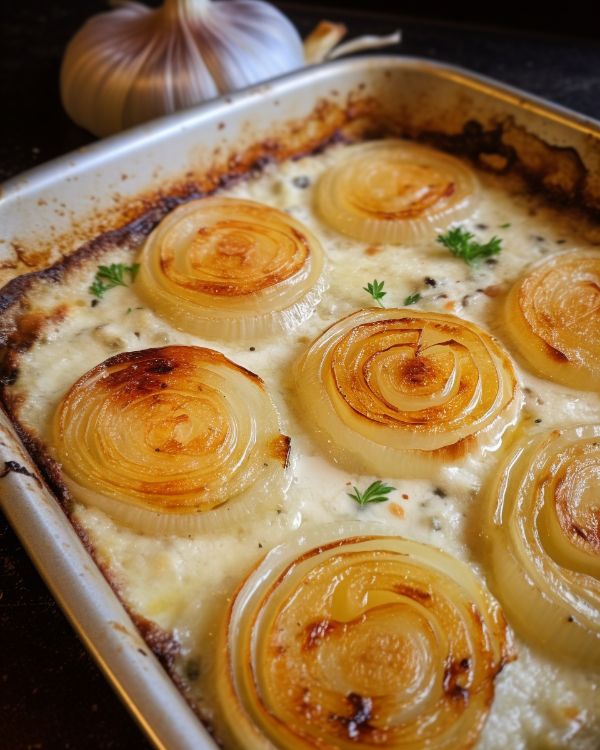 Roasted Parmesan Creamed Onions
Roasted Parmesan Creamed Onions Blistered Tomatoes and Squash with Whipped Feta
Blistered Tomatoes and Squash with Whipped Feta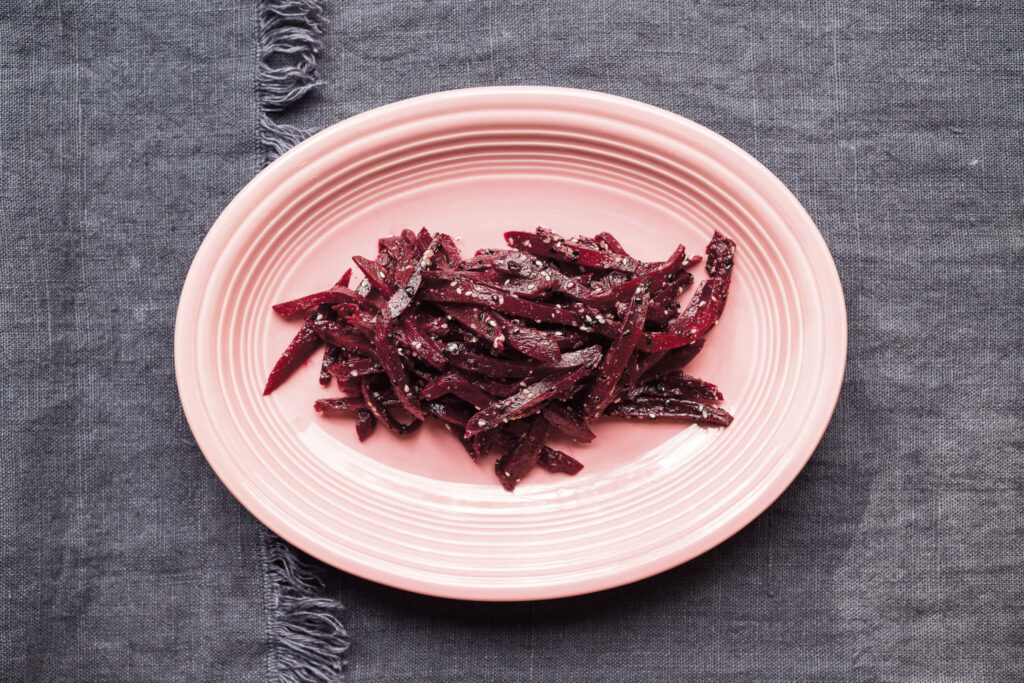 Cold Sesame Beets
Cold Sesame Beets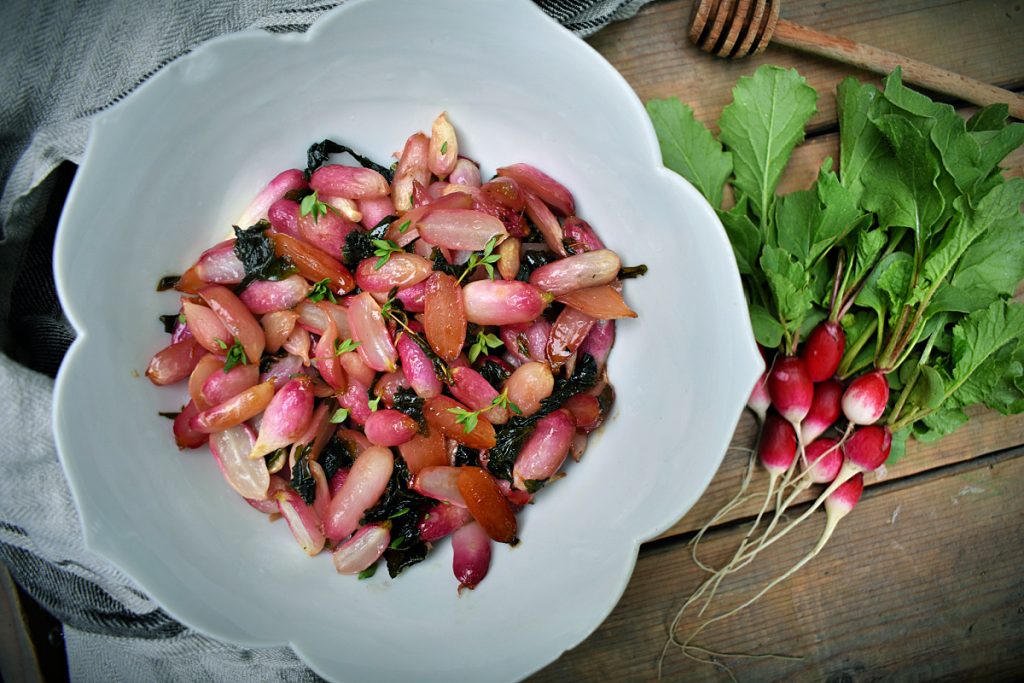 Roasted Radishes with Honey Butter & Thyme
Roasted Radishes with Honey Butter & Thyme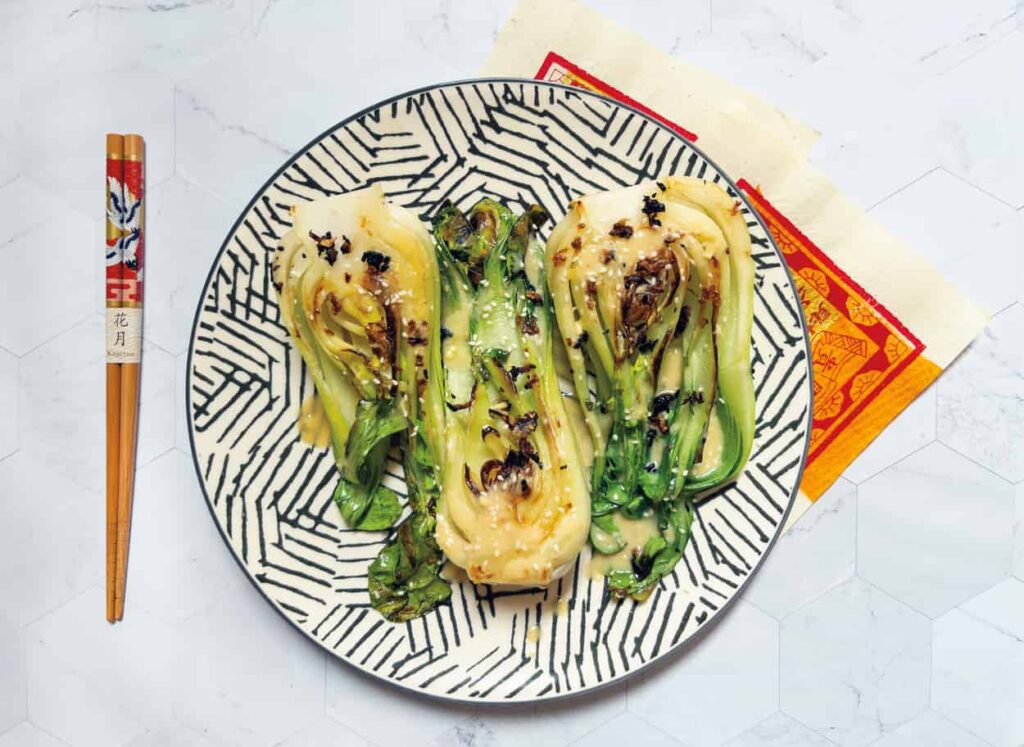 Bok Choy with Miso Ginger Dressing
Bok Choy with Miso Ginger Dressing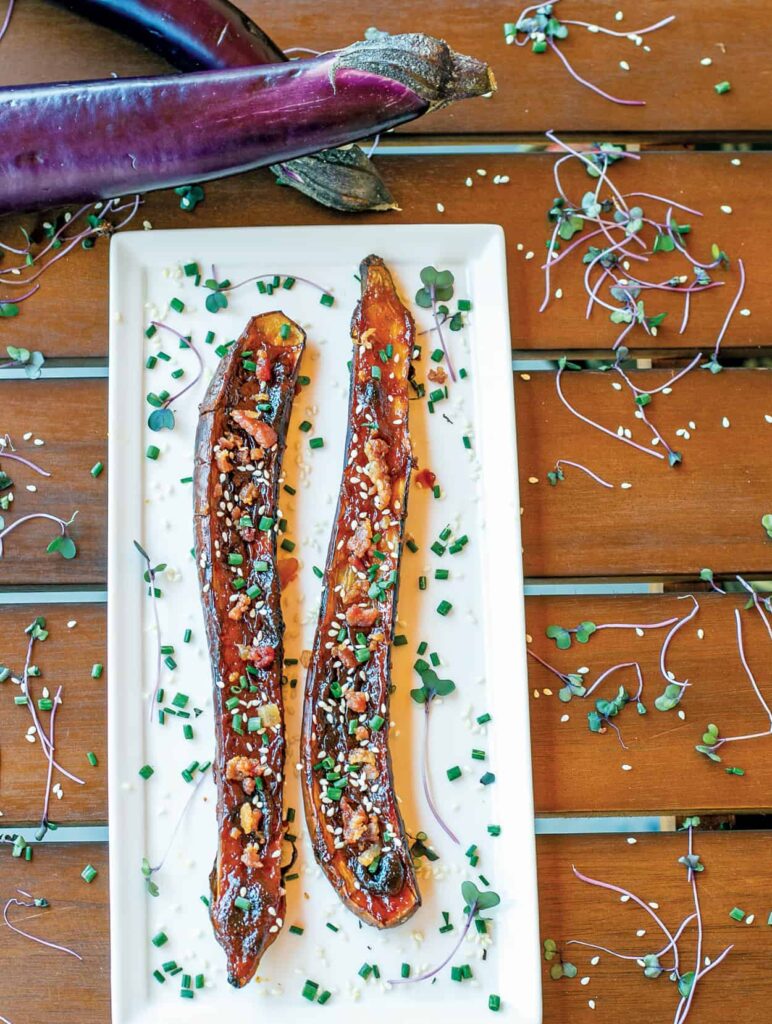 Nasu Dengaku (Miso Glazed Eggplant)
Nasu Dengaku (Miso Glazed Eggplant)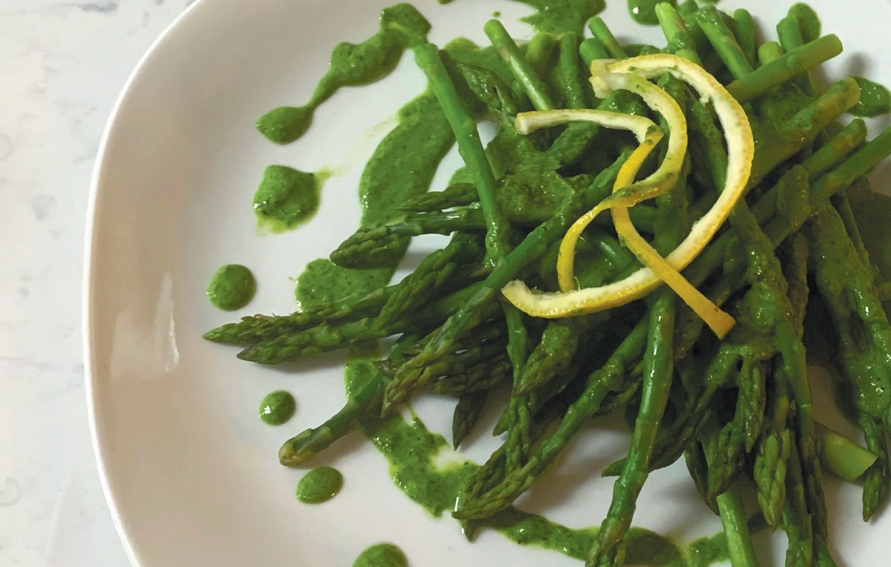 Creamy Sorrel Sauce
Creamy Sorrel Sauce Blistered Shishitos with Sriracha Aioli
Blistered Shishitos with Sriracha Aioli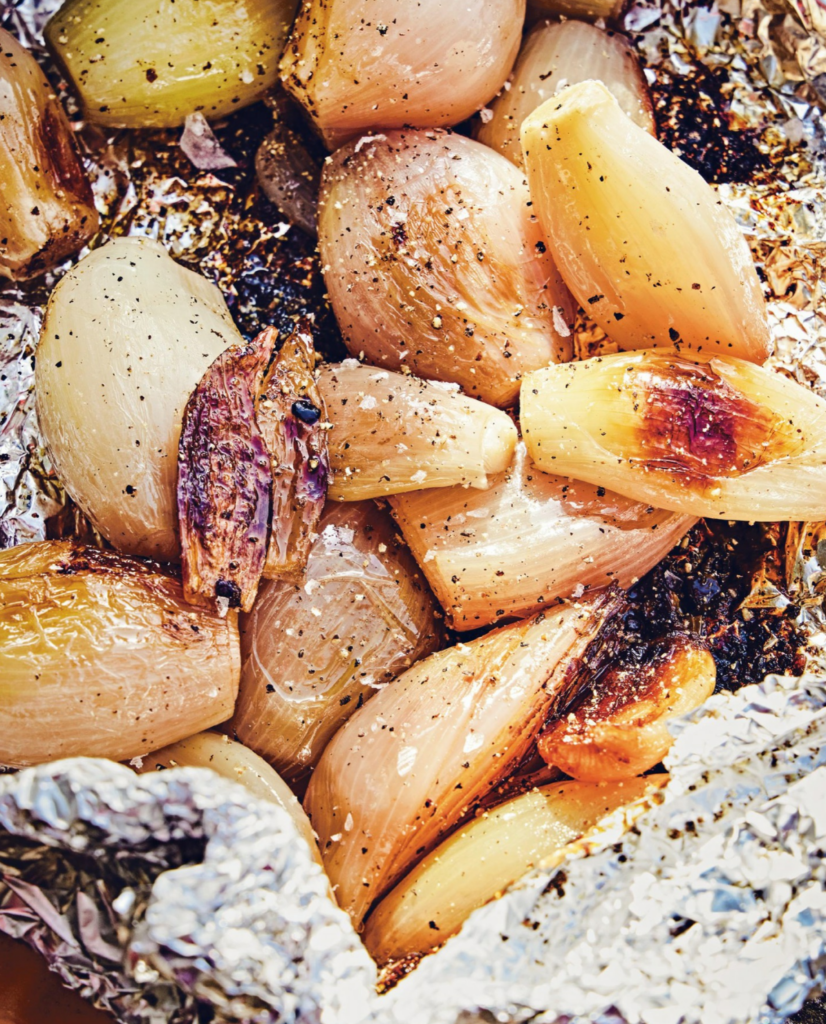 Sweet-Sour-Sumac Roasted Shallots
Sweet-Sour-Sumac Roasted Shallots Leeks in Vinaigrette with Black Olives and Bread Crumbs
Leeks in Vinaigrette with Black Olives and Bread Crumbs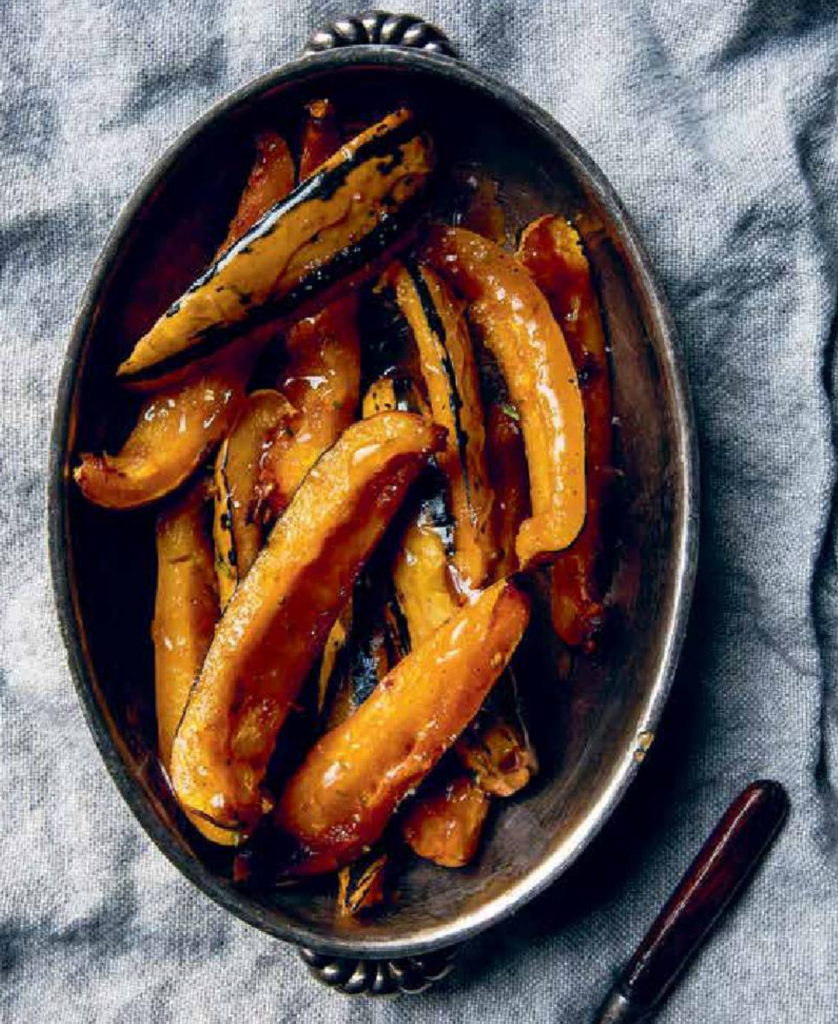 1 large or 2 small (2-3 lb in total) delicata squash
1 large or 2 small (2-3 lb in total) delicata squash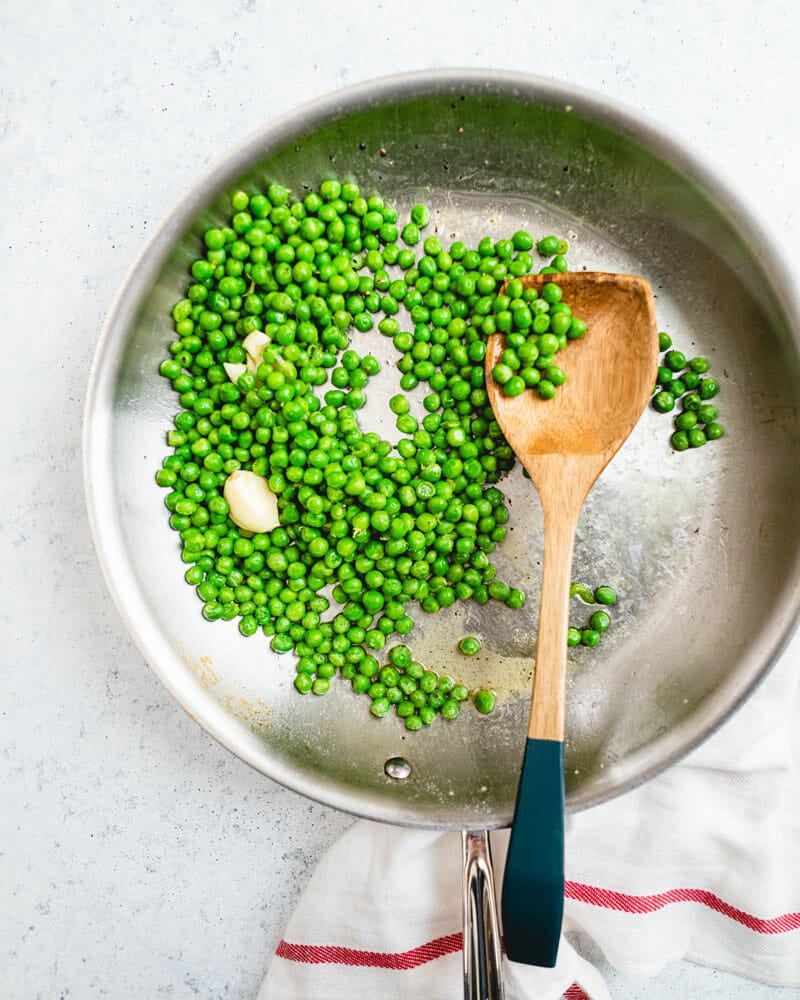 Frozen Peas with Lemon Butter
Frozen Peas with Lemon Butter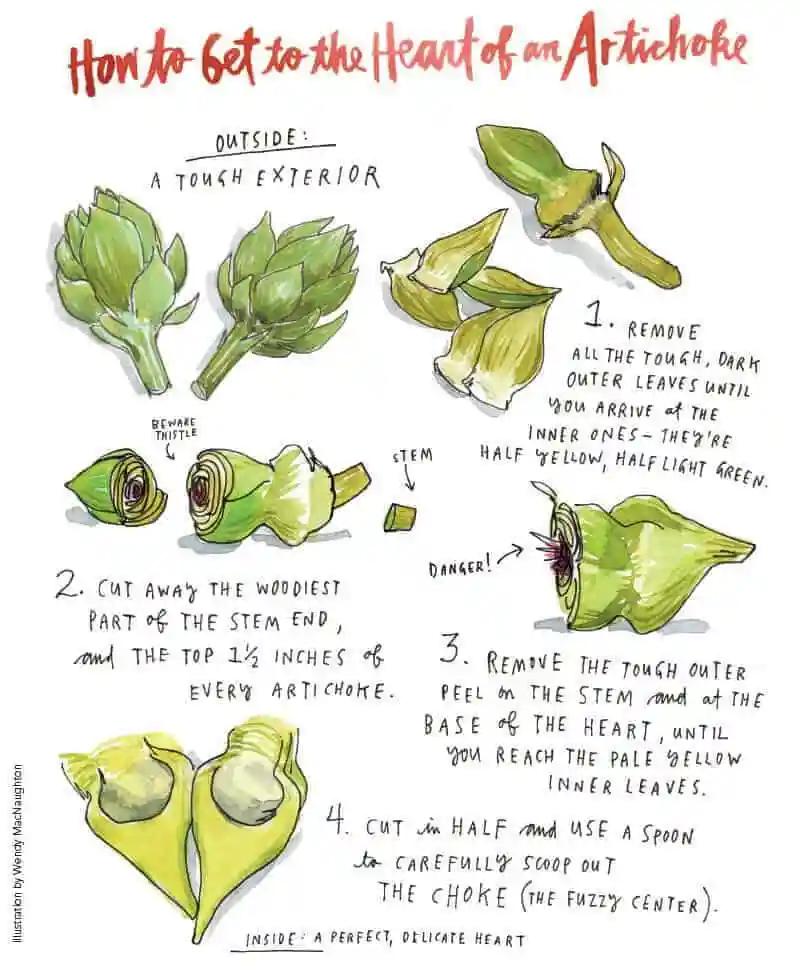
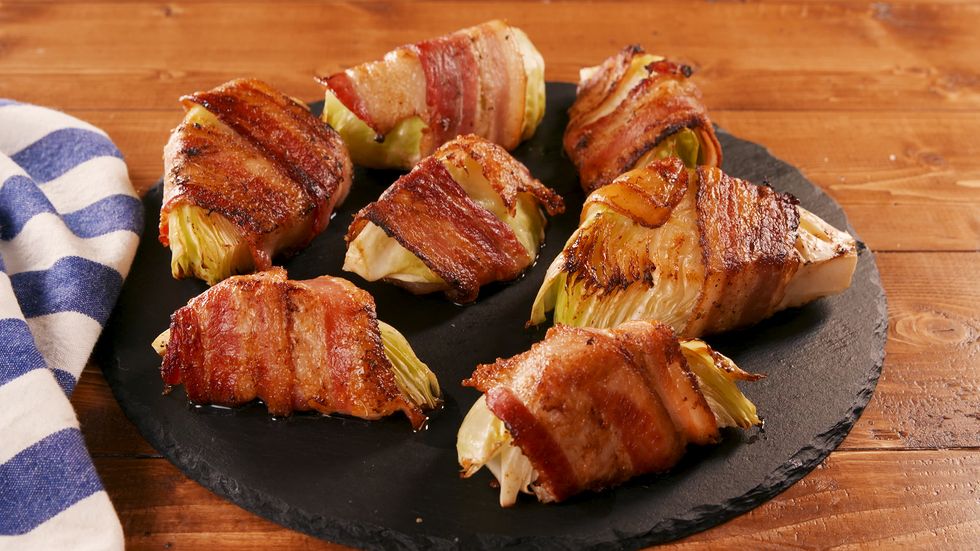 Bacon Cabbage Dippers
Bacon Cabbage Dippers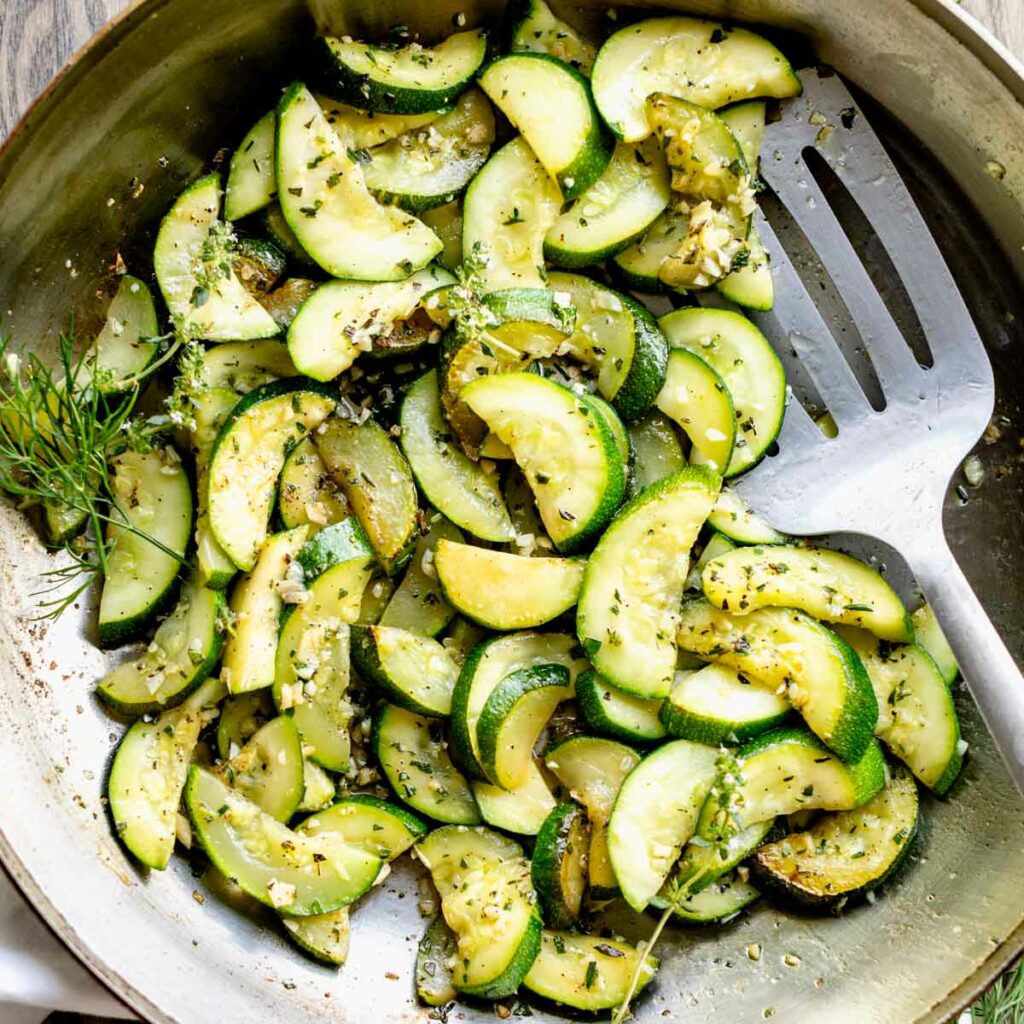 Sauteed Zucchini with Herbed Dressing
Sauteed Zucchini with Herbed Dressing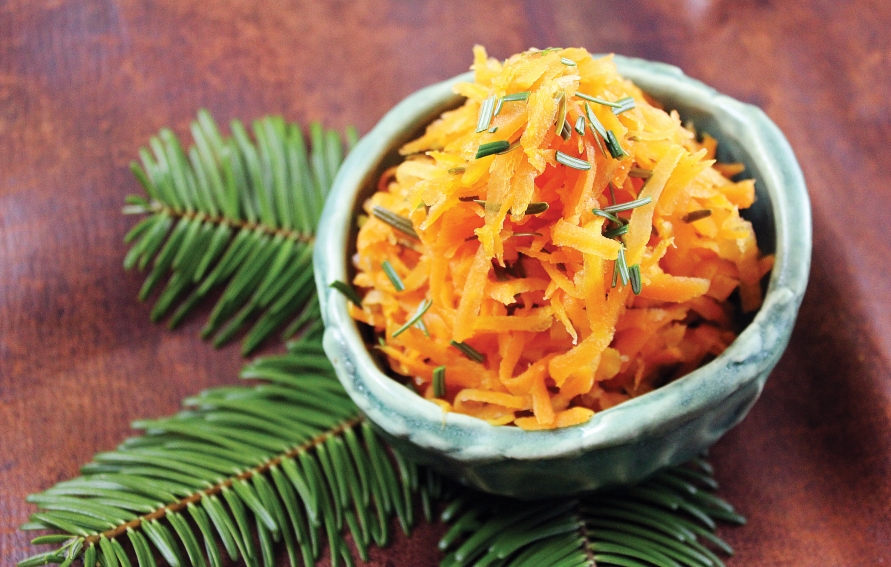 Grated Carrot and Fir Needle Pickled Salad
Grated Carrot and Fir Needle Pickled Salad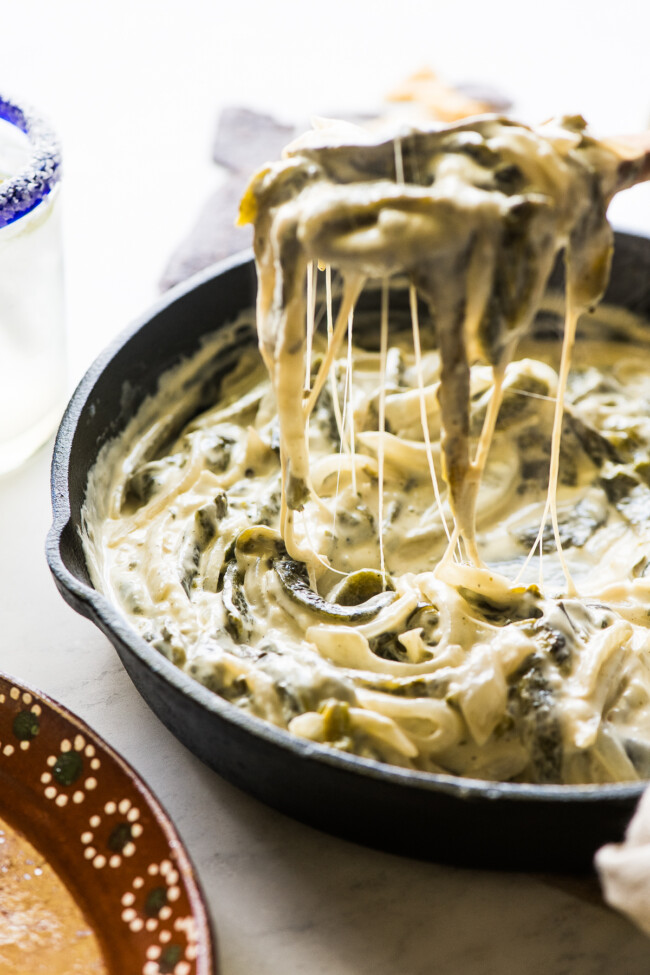 Rajas con Crema
Rajas con Crema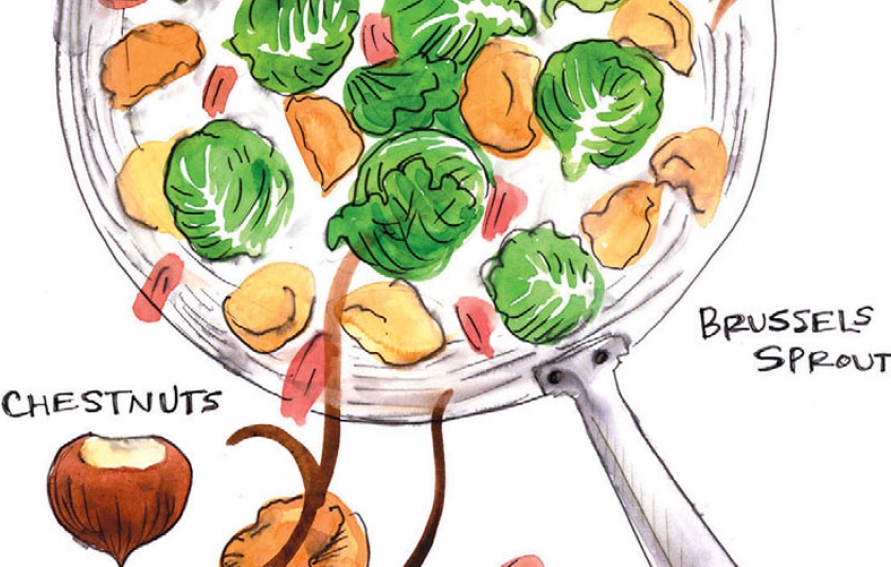 Roasted Brussels Sprouts with Bacon and Chestnut
Roasted Brussels Sprouts with Bacon and Chestnut Blistered Cabbage and Apples with Walnut-Anchovy Caper Sauce
Blistered Cabbage and Apples with Walnut-Anchovy Caper Sauce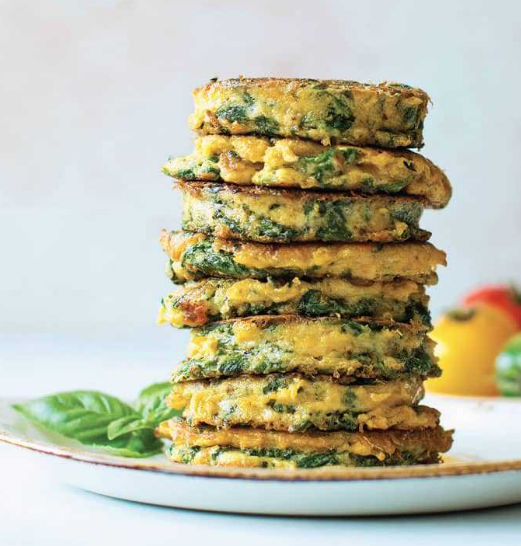 Cheesy Spinach Pancakes
Cheesy Spinach Pancakes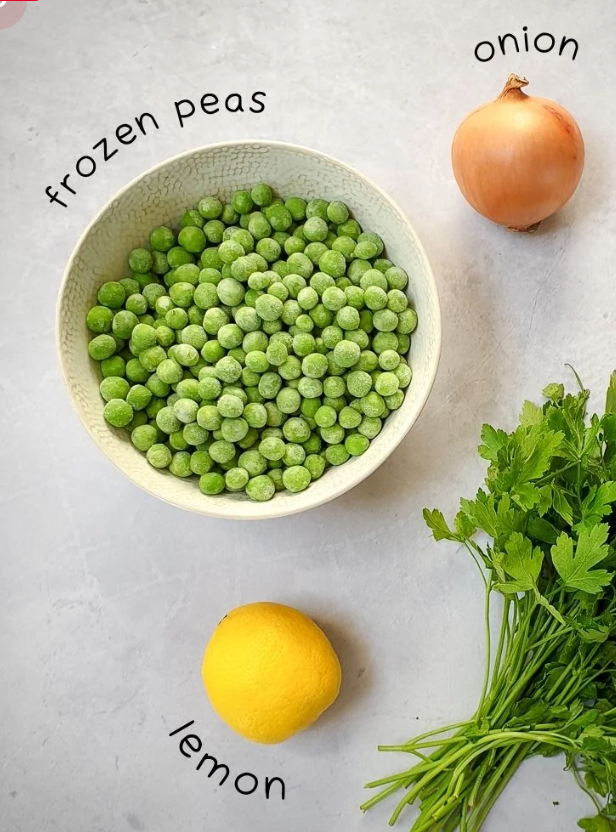 Peas with Fried Onions & Lemon
Peas with Fried Onions & Lemon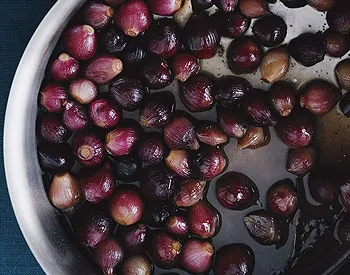 Glazed Red Pearl Onions
Glazed Red Pearl Onions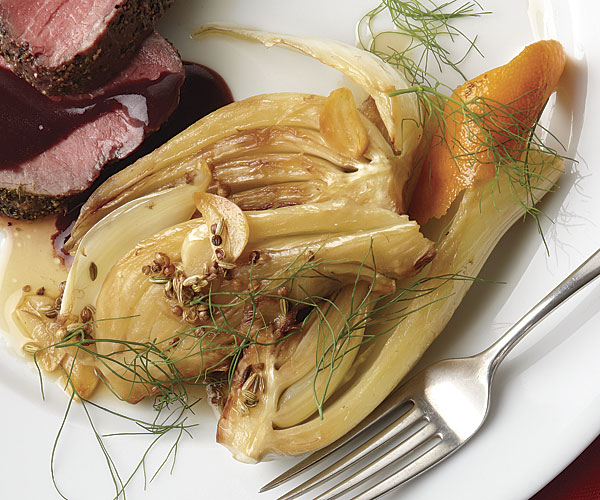 Braised Fennel with Orange
Braised Fennel with Orange The New Crudites
The New Crudites

 Grilled Corn, Mexican Street Style
Grilled Corn, Mexican Street Style Milkweed Buds with Ginger & Soy
Milkweed Buds with Ginger & Soy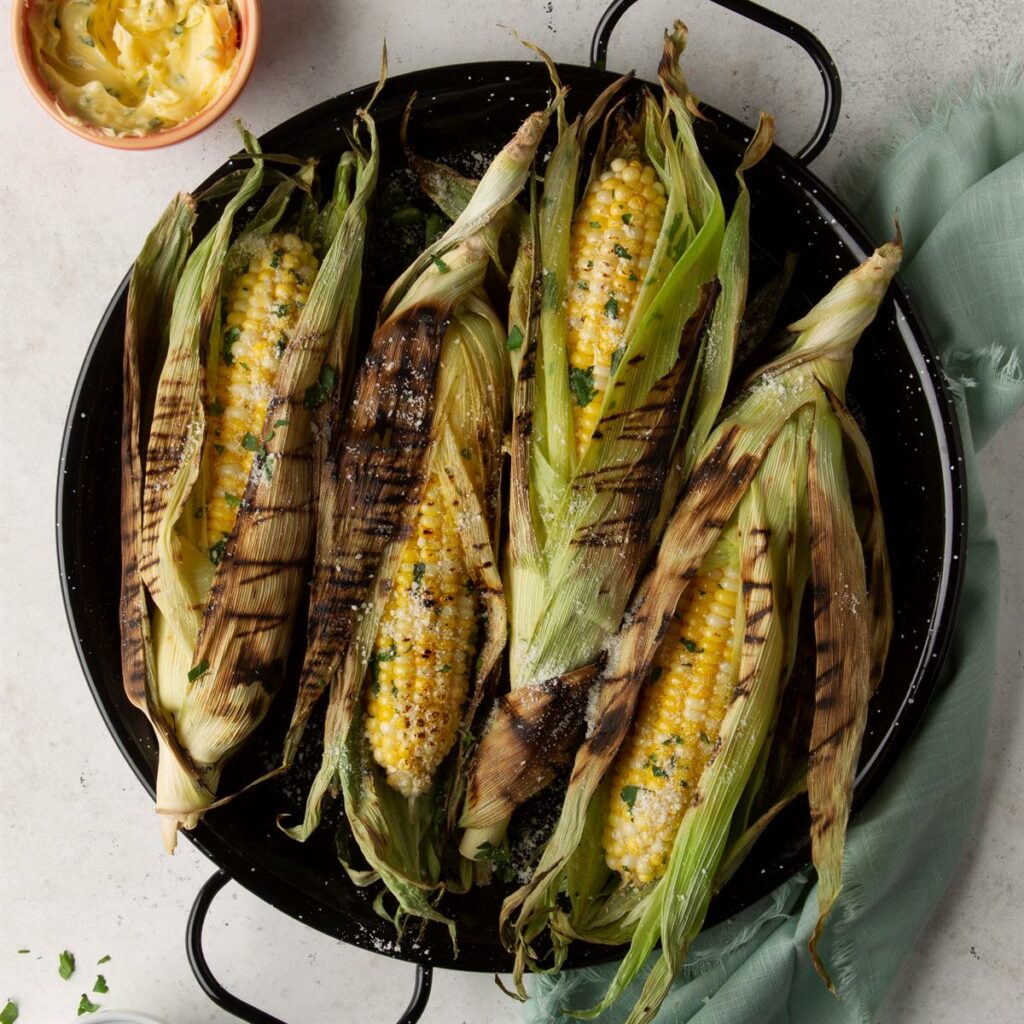 Corn with Mexican Mint Marigold Butter
Corn with Mexican Mint Marigold Butter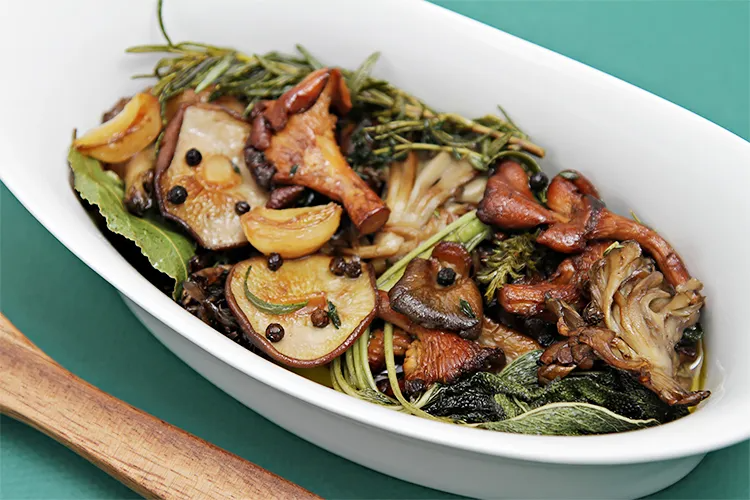 Wild Mushroom Confit with Garlic and fresh herbs
Wild Mushroom Confit with Garlic and fresh herbs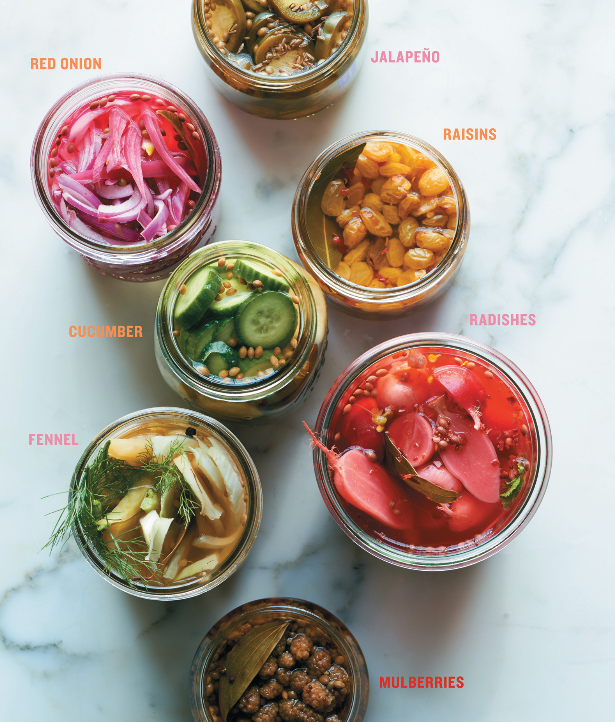 Quickles
Quickles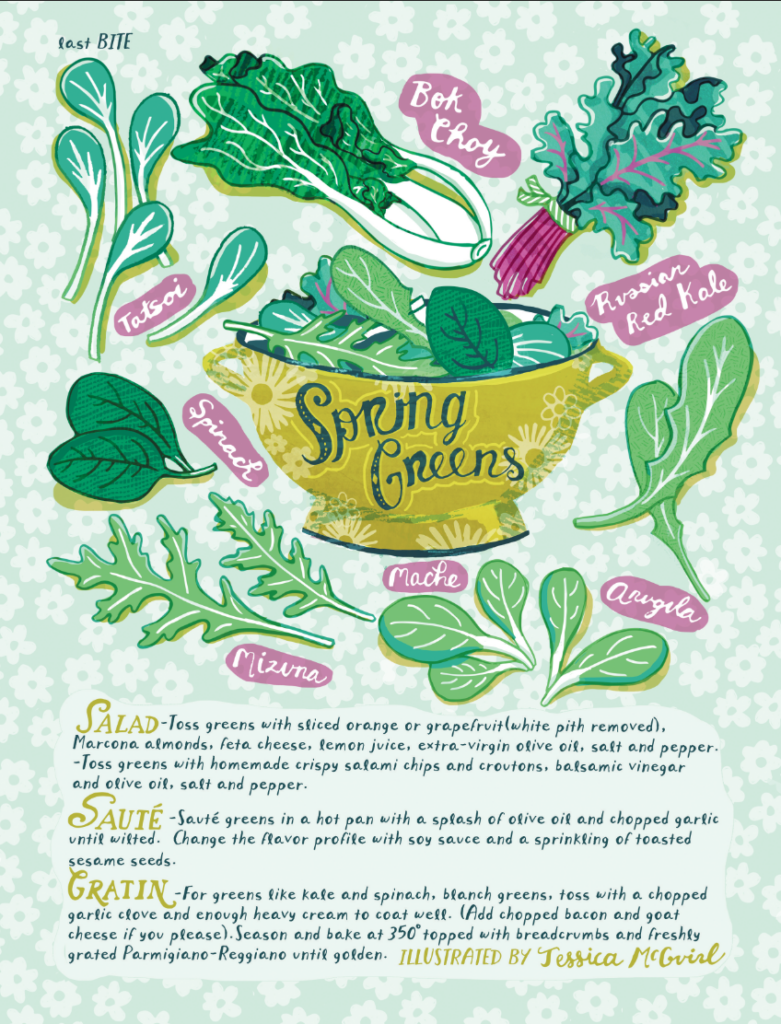
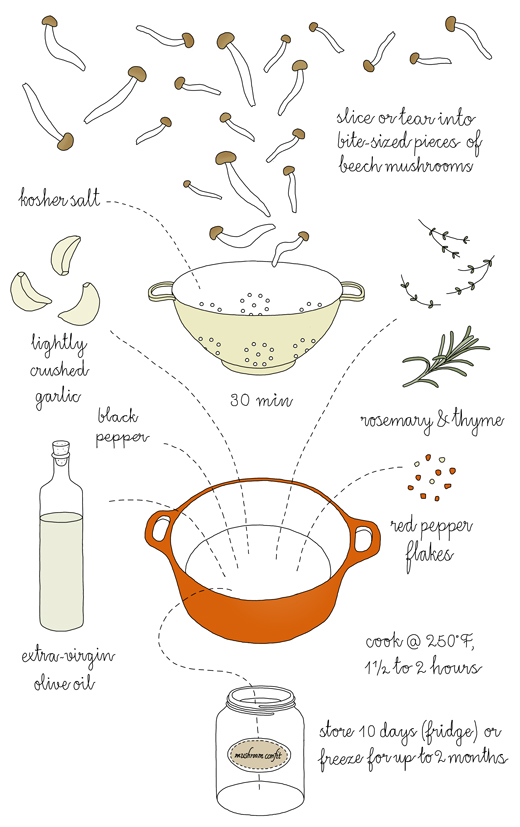
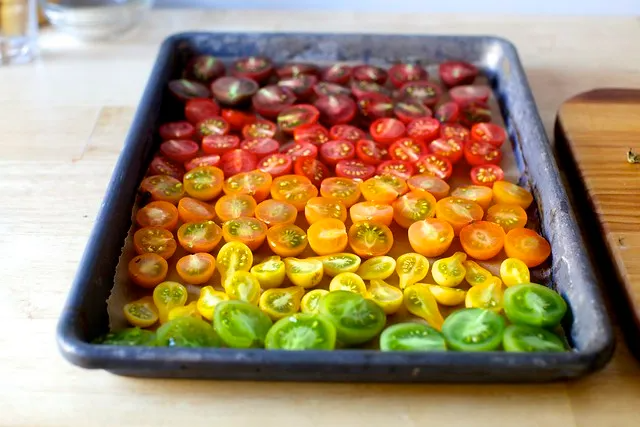 Slow-Roasted Summer Garden Tomatoes
Slow-Roasted Summer Garden Tomatoes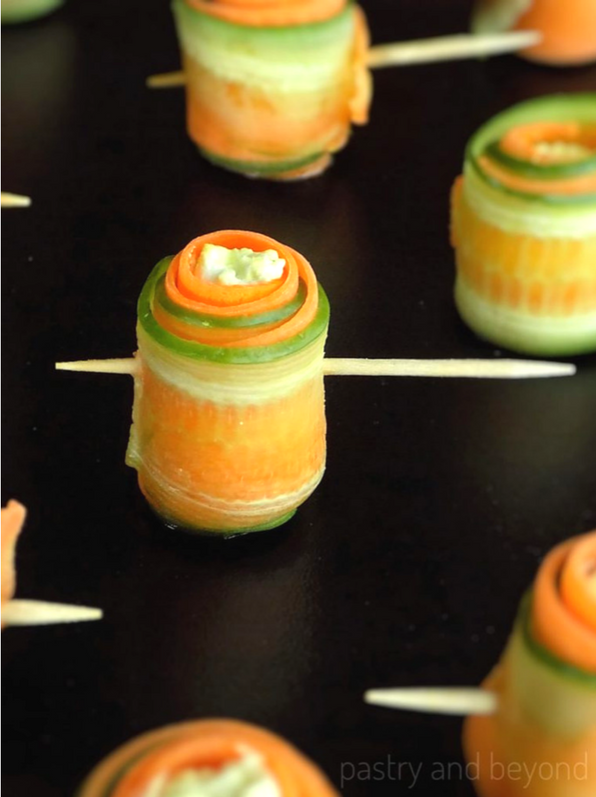 Healthy Carrot Cucumber Rolls
Healthy Carrot Cucumber Rolls Air Fryer Butternut Squash
Air Fryer Butternut Squash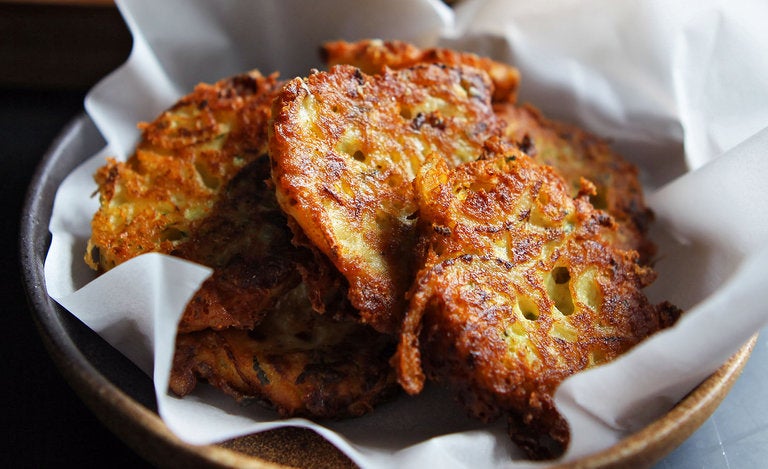 Summer Squash Fritters with Garlic Dipping Sauce
Summer Squash Fritters with Garlic Dipping Sauce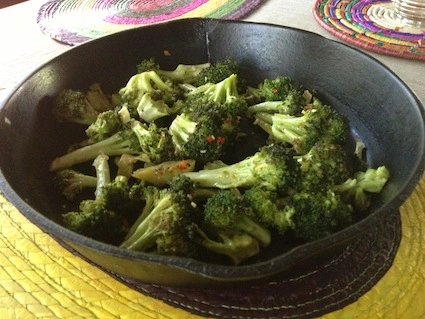 Roasted Broccoli with Garlic and Chili Pepper
Roasted Broccoli with Garlic and Chili Pepper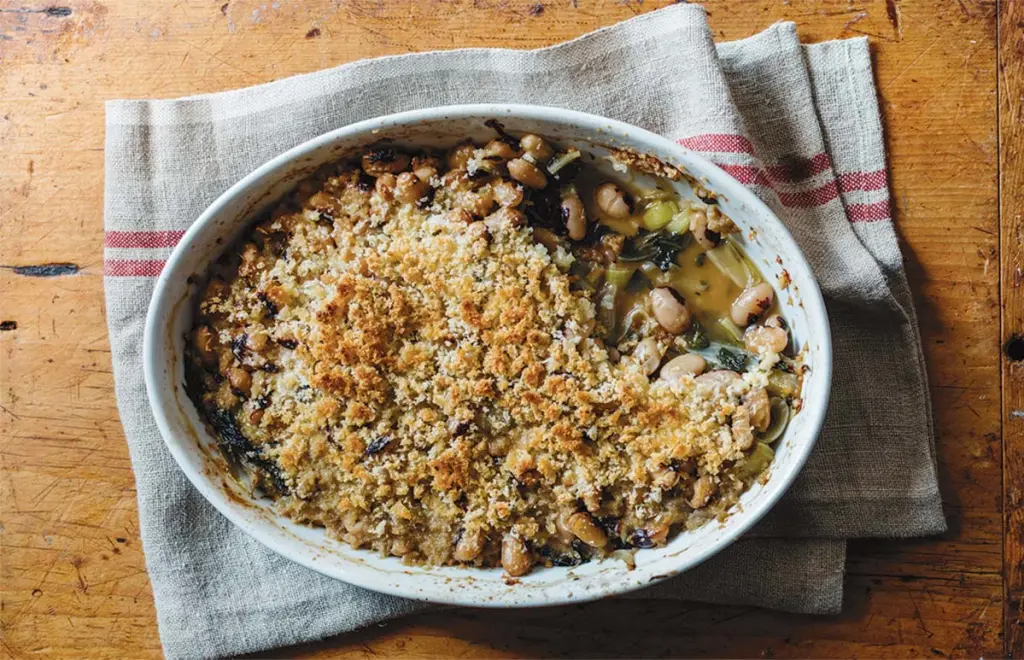 Beans and Greens Gratin
Beans and Greens Gratin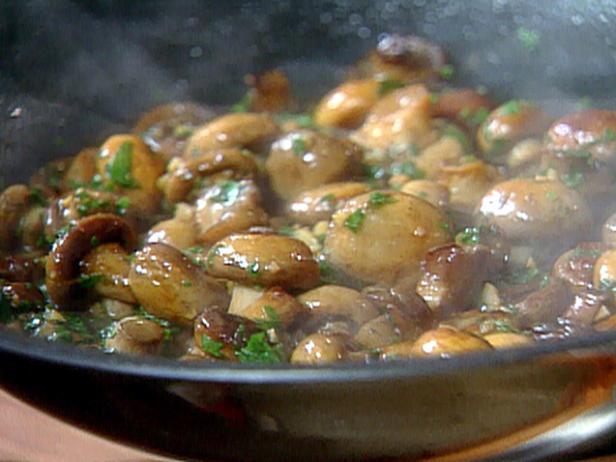 Confit Mushrooms
Confit Mushrooms Caramelized Red Bell Peppers and Onions
Caramelized Red Bell Peppers and Onions